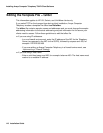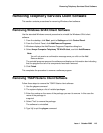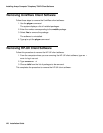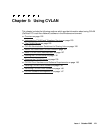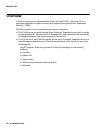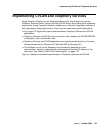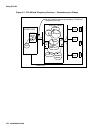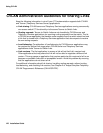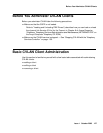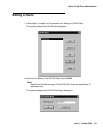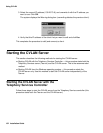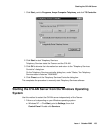
Using CVLAN
126 Installation Guide
CVLAN Administration Guidelines for Sharing Links
Keep the following information in mind if your CTI implementation supports both CVLAN
and Tserver (Telephony Services Server) applications.
● Link sharing. CVLAN server and Telephony Services applications running concurrently
can access switch CTI functionality via the same Tserver-to-Switch links.
● Routing requests. Tserver-to-Switch links are not sharable by CVLAN server and
Telephony Services applications for receiving routing requests from the switch. That is,
a CVLAN server application that handles route requests from the switch should not use
a link that is shared with a Telephony Services application that also expects to receive
its own routing requests.
● Load balancing. Consideration of load balancing by CVLAN server applications may
be required for optimal link usage when CVLAN server and Telephony Services
applications share Tserver-to-Switch links.
● Link versions. The first application to access a link will set that link’s version level.
Other applications that may share the link will not be able to negotiate a different link
version. This may cause an application that requires particular link versions to fail to run
because no available links offer an acceptable version. Avoid this problem by ensuring
that the applications do not share a link.
For additional information about link sharing, handling routing requests, adjunct routing,
load balancing, and checking link versions, see Chapter 2 of Avaya Computer Telephony
CVLAN Programmer’s Reference (CALLVISR.PDF).



